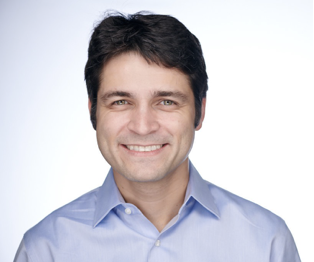Biomolecular Ultrasound for Noninvasive Imaging and Control of Cellular Function
17th February 2022
Timing : 2 pm EST
Please use this zoom link for joining the webinar
Note: Registration is Required. Register here
For a list of all talks at the NanoBio seminar Series Spring'22, see here
Mikhail G. Shapiro
Professor of Chemical Engineering, California Institute of Technology
Investigator, Howard Hughes Medical Institute
Mikhail Shapiro is a Professor of Chemical Engineering at Caltech and an Investigator of the Howard Hughes Medical Institute. The Shapiro laboratory develops biomolecular technologies allowing cells to be imaged and controlled inside the body using sound waves and magnetic fields to enable the study of biological function in vivo and the development of cell-based diagnostic and therapeutic agents. Mikhail received his PhD in Biological Engineering from MIT and his BSc in Neuroscience from Brown, and conducted post-doctoral research at the University of Chicago and the University of California, Berkeley, where he was a Miller Fellow. Mikhail’s awards include the NIH Pioneer Award, the Packard Fellowship, the Pew Scholarship, the Camille Dreyfus Teacher-Scholar Award and the Roger Tsien Award for Excellence in Chemical Biology. More information about the Shapiro Lab can be found online at shapirolab.caltech.edu.
Professor of Chemical Engineering, California Institute of Technology
Investigator, Howard Hughes Medical Institute
Mikhail Shapiro is a Professor of Chemical Engineering at Caltech and an Investigator of the Howard Hughes Medical Institute. The Shapiro laboratory develops biomolecular technologies allowing cells to be imaged and controlled inside the body using sound waves and magnetic fields to enable the study of biological function in vivo and the development of cell-based diagnostic and therapeutic agents. Mikhail received his PhD in Biological Engineering from MIT and his BSc in Neuroscience from Brown, and conducted post-doctoral research at the University of Chicago and the University of California, Berkeley, where he was a Miller Fellow. Mikhail’s awards include the NIH Pioneer Award, the Packard Fellowship, the Pew Scholarship, the Camille Dreyfus Teacher-Scholar Award and the Roger Tsien Award for Excellence in Chemical Biology. More information about the Shapiro Lab can be found online at shapirolab.caltech.edu.
